 W
WThe Armenian Genocide was the systematic mass murder and expulsion of ethnic Armenians carried out in Turkey and adjoining regions by the Committee of Union and Progress-controlled Ottoman government during World War I. The starting date is conventionally held to be 24 April 1915, the day that Ottoman authorities rounded up, arrested, and deported from Constantinople to the region of Angora (Ankara), hundreds of Armenian intellectuals and community leaders, most of whom were eventually murdered.
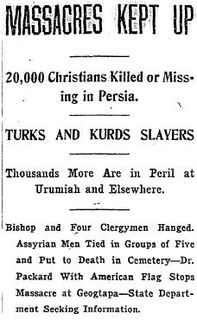 W
WThe Assyrian genocide, also known as Sayfo or Seyfo was the mass slaughter of the Assyrian population of the Ottoman Empire and those in neighbouring Persia by Ottoman troops during the First World War, in conjunction with the Armenian and Greek genocides.
 W
WThe Bataan Death March was the forcible transfer by the Imperial Japanese Army of 60,000–80,000 American and Filipino prisoners of war from Saysain Point, Bagac, Bataan and Mariveles to Camp O'Donnell, Capas, Tarlac, via San Fernando, Pampanga, where the prisoners were loaded onto trains. The transfer began on April 9, 1942, after the three-month Battle of Bataan in the Philippines during World War II. The total distance marched from Mariveles to San Fernando and from the Capas Train Station to Camp O'Donnell is variously reported by differing sources as between 60 and 69.6 miles. Differing sources also report widely differing prisoner of war casualties prior to reaching Camp O'Donnell: from 5,000 to 18,000 Filipino deaths and 500 to 650 American deaths during the march. The march was characterized by severe physical abuse and wanton killings, and was later judged by an Allied military commission to be a Japanese war crime.
 W
WThe Brno death march is the traditional German term for the forced expulsion of the German inhabitants of Brno after World War II. The march began late on the night of 30 May 1945 when the ethnic German minority in Brno was expelled to nearby Austria. Only about half of expellees actually crossed the border. Thousands of people were held in the provisional camps in the border area. While some Germans were later allowed to return to Brno, hundreds of others fell victim to diseases and malnutrition in the following weeks. The number of fatalities caused by the march and imprisonment is disputed as it became part of propaganda: the estimates range between 500 and 8,000.
 W
WA death march is a forced march of prisoners of war or other captives or deportees in which individuals are left to die along the way. It is distinguished in this way from simple prisoner transport via foot march. Article 19 of the Geneva Convention requires that prisoners must be moved away from a danger zone such as an advancing front line, to a place that may be considered more secure. It is not required to evacuate prisoners that are too sick or injured to move. In times of war such evacuations can be difficult to carry out.
 W
WDeath marches refer to the forcible movement of prisoners by Nazi Germany toward the end of World War II and the Holocaust. The marches took place mostly between the summer/autumn of 1944 and May 1945, when hundreds of thousands of prisoners, mostly Jews, from German concentration camps near the eastern front were moved to camps inside Germany away from Allied forces. The purpose of the marches was to allow the Germans to use the prisoners as slave labour, to remove evidence of crimes against humanity, and to retain control of the prisoners in case they could be used to bargain with the Allies.
 W
WThe 1948 Palestinian exodus from Lydda and Ramle, also known as the Lydda Death March, was the expulsion of 50,000–70,000 Palestinian Arabs when Israeli troops captured the towns in July that year. The military action occurred within the context of the 1948 Arab–Israeli War. The two Arab towns, lying outside the area designated for a Jewish state in the UN Partition Plan of 1947, and inside the area set aside for an Arab state in Palestine, subsequently were transformed into predominantly Jewish areas in the new State of Israel, known as Lod and Ramla.
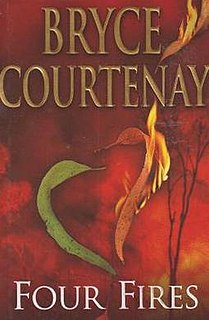 W
WFour Fires is a novel written by Bryce Courtenay. It was first published in 2001.
 W
WThe Greek genocide, including the Pontic genocide, was the systematic killing of the Christian Ottoman Greek population carried out in Anatolia during World War I and its aftermath (1914–1922) on the basis of their religion and ethnicity. It was instigated by the government of the Ottoman Empire and the Turkish national movement against the indigenous Greek population of the Empire and included massacres, forced deportations involving death marches, summary expulsions, arbitrary execution, and the destruction of Eastern Orthodox cultural, historical, and religious monuments. According to various sources, several hundred thousand Ottoman Greeks died during this period. Most of the refugees and survivors fled to Greece. Some, especially those in Eastern provinces, took refuge in the neighbouring Russian Empire.
 W
WThe Long Walk of the Navajo, also called the Long Walk to Bosque Redondo, refers to the 1864 deportation and attempted ethnic cleansing of the Navajo people by the United States federal government. Navajos were forced to walk from their land in what is now Arizona to eastern New Mexico. Some 53 different forced marches occurred between August 1864 and the end of 1866. Some anthropologists claim that the "collective trauma of the Long Walk...is critical to contemporary Navajos' sense of identity as a people".
 W
W"The March" refers to a series of forced marches during the final stages of the Second World War in Europe. From a total of 257,000 western Allied prisoners of war held in German military prison camps, over 80,000 POWs were forced to march westward across Poland, Czechoslovakia, and Germany in extreme winter conditions, over about four months between January and April 1945. This series of events has been called various names: "The Great March West", "The Long March", "The Long Walk", "The Long Trek", "The Black March", "The Bread March", and "Death March Across Germany", but most survivors just called it "The March".
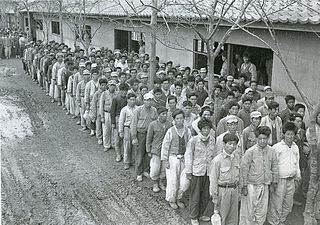 W
WThe National Defense Corps Incident was a death march that occurred in the winter of 1951 during the Korean War.
 W
WThe Pantingan River massacre took place during the Bataan Death March in mid-April 1942. Several hundred soldiers from the Philippine Commonwealth Army's 1st, 11th, 71st, and 91st Divisions on the march to the north of Mount Samat where the Pantingan River crosses the Pilar-Bagac Road were taken to the riverside. Most of them were shot, bayoneted or beheaded by the Imperial Japanese Army.
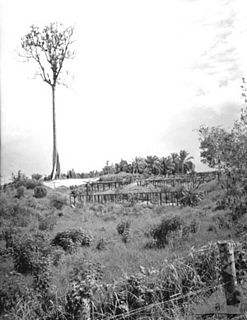 W
WThe Sandakan Death Marches were a series of forced marches in Borneo from Sandakan to Ranau which resulted in the deaths of 2,434 Allied prisoners of war held captive by the Empire of Japan during the Pacific campaign of World War II in the Sandakan POW Camp. By the end of the war, of all the prisoners who had been incarcerated at Sandakan and Ranau, only six Australians survived, all of whom had escaped. It is widely considered to be the single worst atrocity suffered by Australian servicemen during the Second World War.
 W
WTel Aviv and Jaffa deportation was the forcible deportation on April 6, 1917 of the entire civilian population of Jaffa, including Tel Aviv, by the authorities of the Ottoman Empire in Palestine. It followed one month after the expulsion of all the inhabitants of the similarly-sized Arab city of Gaza City. This coincided with the larger and systematic repression on minorities by the Ottoman Empire during the World War I.
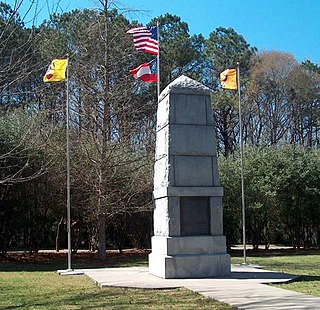 W
WThe Trail of Tears was a series of forced relocations of approximately 60,000 Native Americans between 1830 and 1850 by the United States government. Members of the Cherokee, Muscogee (Creek), Seminole, Chickasaw, and Choctaw nations were forcibly removed from their ancestral homelands in the Southeastern United States to areas to the west of the Mississippi River that had been designated as 'Indian Territory'. The forced relocations were carried out by government authorities following the passage of the Indian Removal Act in 1830. The Cherokee removal in 1838 was brought on by the discovery of gold near Dahlonega, Georgia in 1828, resulting in the Georgia Gold Rush.
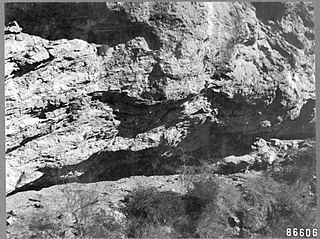 W
WThe Yavapai Wars, or the Tonto Wars, were a series of armed conflicts between the Yavapai and Tonto tribes against the United States in Arizona. The period began no later than 1861, with the arrival of American settlers on Yavapai and Tonto land. At the time, the Yavapai were considered a band of the Western Apache people due to their close relationship with tribes such as the Tonto and Pinal. The war culminated with the Yavapai's removal from the Camp Verde Reservation to San Carlos on February 27, 1875, an event now known as Exodus Day.